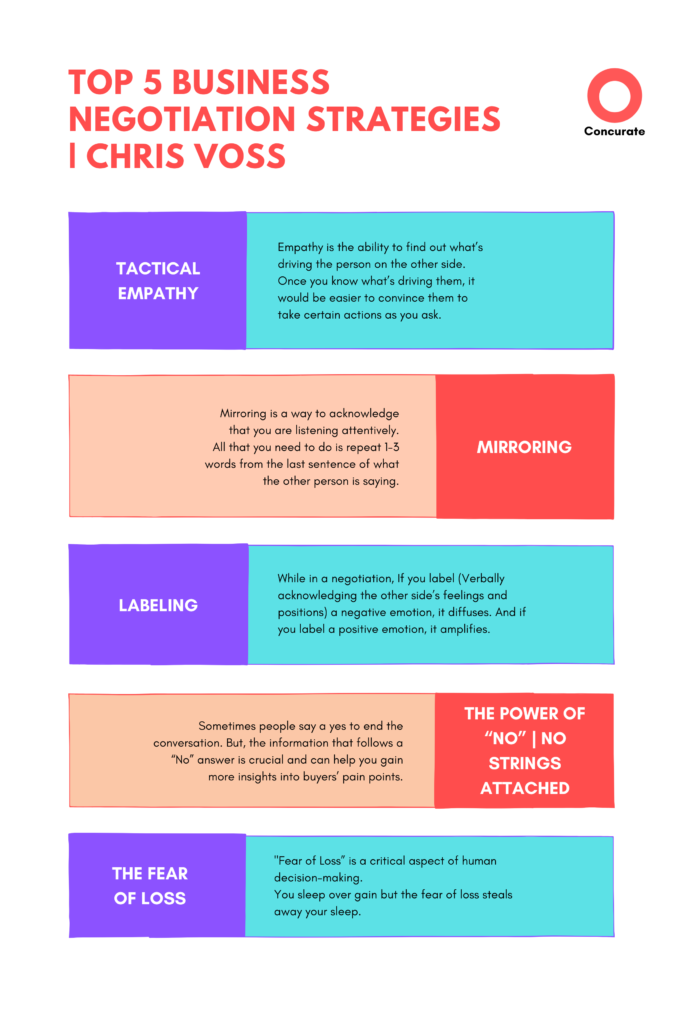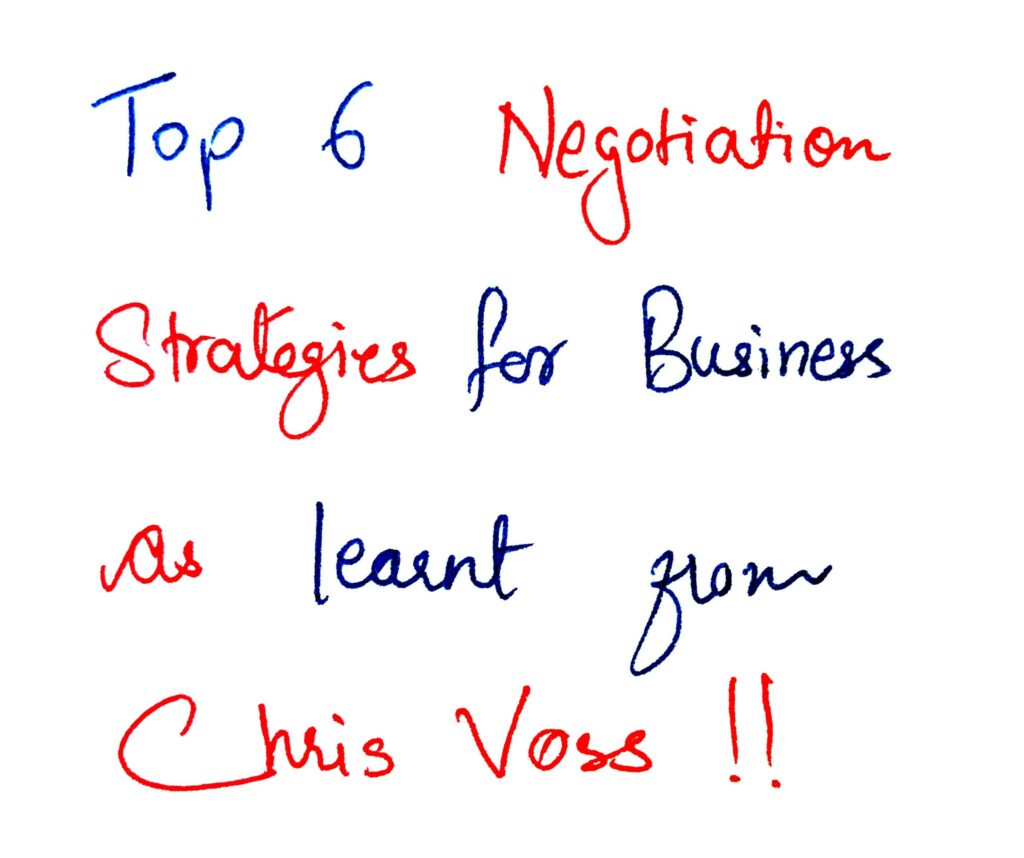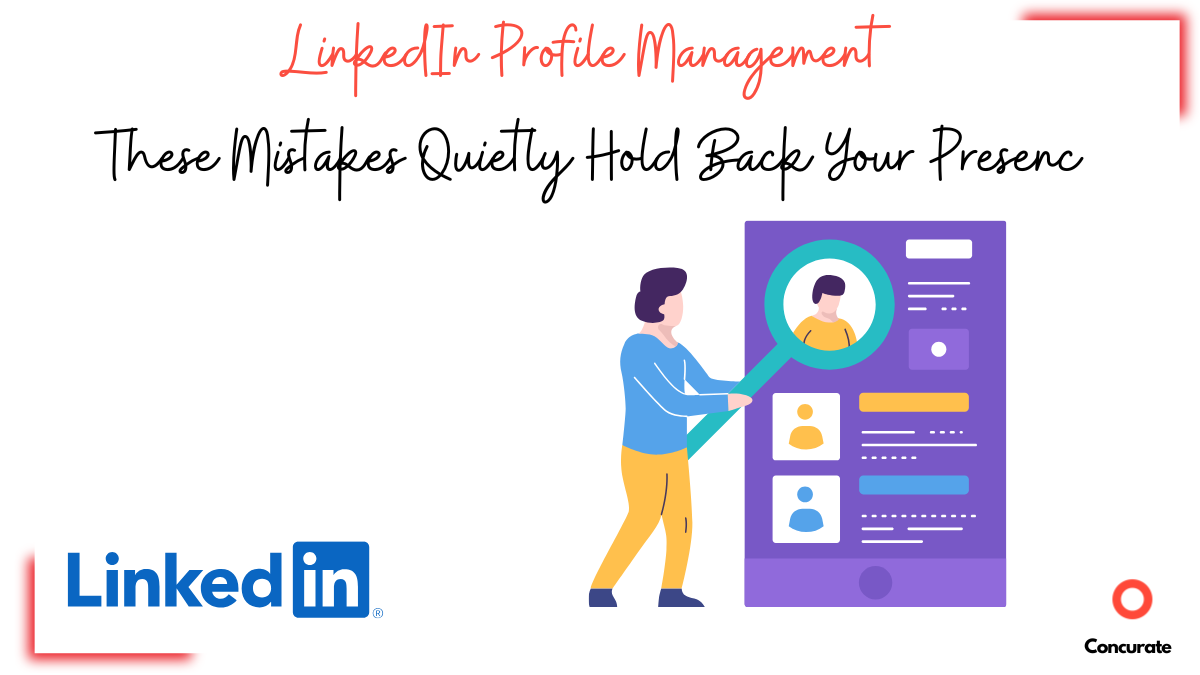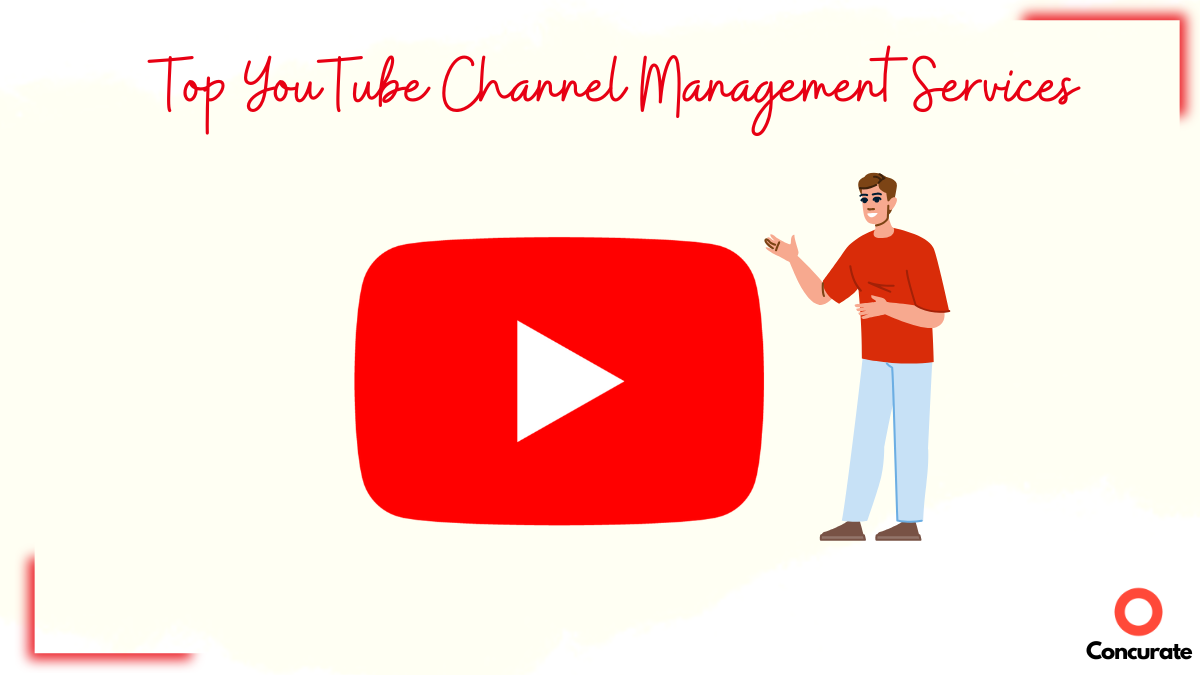Negotiation is not:
I win, you lose.
Negotiation is a collaboration between the two parties.
-says Chris Voss, one of the world’s top Ex-FBI Hostage Negotiator.
I recently had the opportunity to take a master class on the Art of Negotiation with Chris Voss.
For me, sharing what I learn is pure joy, so here we go!

If you want someone to say yes, you’re negotiating with them.
I don’t know about others, but I negotiate with my son (Champ) every day.
Here’s how it typically goes when I need him to study:
Me: “Champ, let’s finish your math homework!”
Champ: “Please Mamma, can I do it after reading 5 pages from the Harry Potter book?”
After some time…
Me: “Champ, are you done reading? Can we do the math homework now?”
Champ: “Mamma, I am feeling hungry! Can we do it after lunch?”
…an hour later (he eats slowly)…
Me: “Champ, let’s just sit for half an hour with a timer and finish whatever we can!”
Champ: “Ok Mamma, but only half an hour please :)”.
#Lesson: Sometimes making the deal smaller helps you land it. You can always revisit the bigger deal later.
Just like I negotiate with my son, your sales reps negotiate with clients every day. Equip them with these strategies, and they’ll be able to close more deals!

Let’s get started with different strategies used in the art of negotiation!
Pro tip: If you need 30 standout SaaS growth hacks to attain double the growth for your SaaS business, fill out the form below!
Tactical Empathy | Negotiation Strategy #1
Empathy is understanding the other person’s perspective.
To negotiate effectively, you must understand what’s driving the other side. Once you know their motivations, it becomes easier to guide them toward the actions you desire.
TACTICAL EMPATHY:
The deliberate influencing of your negotiating counterpart’s emotions for the ultimate purpose of building trust-based influence and securing deals. The ways you employ your voice, labels, mirrors, and dynamic silence all contribute to tactical empathy. – Chris Voss, The Master Class
This technique of tactical empathy can be applied with this simple 3-step process“
- Tone of Voice:
Chris recommends using a soothing tone combined with upward (inquiring) or downward (understanding) inflections. - No Denials or Disagreements:
Empathy doesn’t mean agreeing with the other person, just acknowledging their perspective. - Make Them Feel Heard:
If someone feels unheard, they’ll stop talking. So make sure they know you’re listening.
Example:
Instead of saying, “I don’t want you to think we’re ignoring your needs,” try, “I’m sure it feels like we’re ignoring your needs.”
Mirroring | Negotiation Strategy #2
Interesting people are interested. – Old Saying
Genuine curiosity is magnetic. When you show interest, others will naturally become interested in you.
A simple technique to do this is Mirroring.
MIRRORING
The conscious repetition of your counterpart’s words.
Mirrors are designed to show the other side that you’re listening to them and understanding them.
– Chris Voss, The Master Class
Mirroring is a way to acknowledge that you are listening attentively. All that you need to do is repeat 1-3 words from the last sentence of what the other person is saying.
I just tried the mirroring technique in a conversation with my son and it worked like charm.
I kept repeating 1-3 words from his statements, and he just went on and on.
While in a call with clients, your sales reps can use this technique to extract valuable information. By understanding client pain points, your reps can steer the conversation toward the most relevant solutions.
Buyer: Our product is strong, but our reps aren’t always clear about our differentiators. They tend to back peddle when customers ask how we’re different.
Sales rep: Back peddle?
Buyer: Yes. They don’t have a clear answer and they’re not consistent in how they answer.
Sales rep: Not consistent?
Buyer: Yes, that’s the real problem we’re dealing with. I have 70 sales reps who handle sales calls in 70 different ways. Their narratives don’t match up and their sale processes don’t either.
Notice how the sales rep uses mirroring to uncover the buyer’s pain point of inconsistency in their sales team.
Labeling | Negotiation Strategy #1
My son unknowingly uses this technique to reduce my anger.
Whenever he sees me raising my voice, he says calmly, “Mamma, I don’t like to see you angry!” or “Are you angry?”
It works! Instantly, my anger fades by 60%.
LABELING
Verbally acknowledging the other side’s feelings and positions.
Labels are powerful tools for reinforcing positive feelings and deactivating negative ones.
-Chris Voss, The Master Class
While in a negotiation, If you label a negative emotion, it diffuses. And if you label a positive emotion, it amplifies.
To explain labeling Chris gave a wonderful example of chatting with customer service personnel from airlines.
Example:
Chris once called a customer service rep, after a long hold, he said, “You’re being so generous with your time. Thank you.”
This simple label of generosity changed the rep’s tone and got Chris’s tickets amended without extra charges.
The Power of “No” | No Strings Attached | Negotiation Strategy #4
People sometimes say yes just to end the conversation, feeling obligated. Chris recommends asking “No-oriented” questions instead.
Example:
Instead of asking, “Does this sound like a good idea?” (which can pressure the person to say yes), ask, “Does this sound like a ridiculous idea?”
Here, the person can easily answer with a No and an insight. Something like, it is not that bad, however, if it would be better if it made my life easier. Absolutely no strings attached.
Also, the information that follows a “No” answer is very crucial and can help you gain more insights on buyer’s pain-points.
The Fear of Loss | Negotiation Strategy #5
The fear of losing something is more powerful than the desire for gain. Chris Voss emphasizes how this affects human decision-making. It’s why loss aversion works.
We applied this technique on our homepage by shifting our pitch from growth-driven to loss-driven. See the difference below:
Look at the two pictures below:
- The first picture shows “Growth” as a driving factor with the words “Multiply Their Revenue”.

- The second shows “Fear of Loss” as a driving factor with the words “Stop Their Revenue Leaks”.

Which one resonates with you more? Let us know in the comments.
#FoodForThought: What does your sales pitch look like? Is it driven by “Fear of Loss” or “Opportunity to Grow”?
Black Swans | Negotiation Strategy #6
In the Master Class course, Chris shared how he named his company Black Swans.
BLACK SWAN
A piece of innocuous information that, once revealed, changes the course of the entire negotiation.
Negotiation is, in many ways, all about finding black swans and using them strategically.
-Chris Voss, The Master Class.
The black swan theory is a metaphor for something that comes as a surprise but has a phenomenal effect, often inappropriately rationalized with the benefit of hindsight.
In a sales negotiation, if your sales reps can identify the black swans, they are sure to close the deals.
Happy Selling!
If at all this article brought you some valuable insights, Do you think it will be a ridiculous idea to gain more of these?
If not, here is the plethora of tips to improve your sales.
At Concurate, we help businesses create strategic, high-impact content that drives results. Whether it’s sales enablement, buyer psychology, or conversion-driven storytelling, we ensure your content resonates with the right audience.
If you need a content marketing strategy that delivers real business results, let’s connect over a short call. Block our calendar today.







